Visit in an unusual way the catacombs of Paris in the 14th century municipal ossary, with as a bonus of cut-daughter tickets!
Paris was a crowded city in the late 1700s. Its population was growing in demand for both housing and burial. The churches of the city have kept their own cemeteries intramural but they were overcrowded and unhealthy. To free up space with high real estate value and get rid of the health risks, the city has decided to dig all graves.
In 1786, the city’s employees deterred all the tombs of the Paris cemeteries and moved the remains in the quarry tunnels abandoned outside the city’s limits (at the time). It took them two years, but all the deceased were moved to these galleries, which are called the catacombes . The city will later use the bones to create carefully superimposed walls and structures that are impressive though totally creepy. Imagine all the lives that these bones represent (6 million people), a 1200 year history in catacombs.
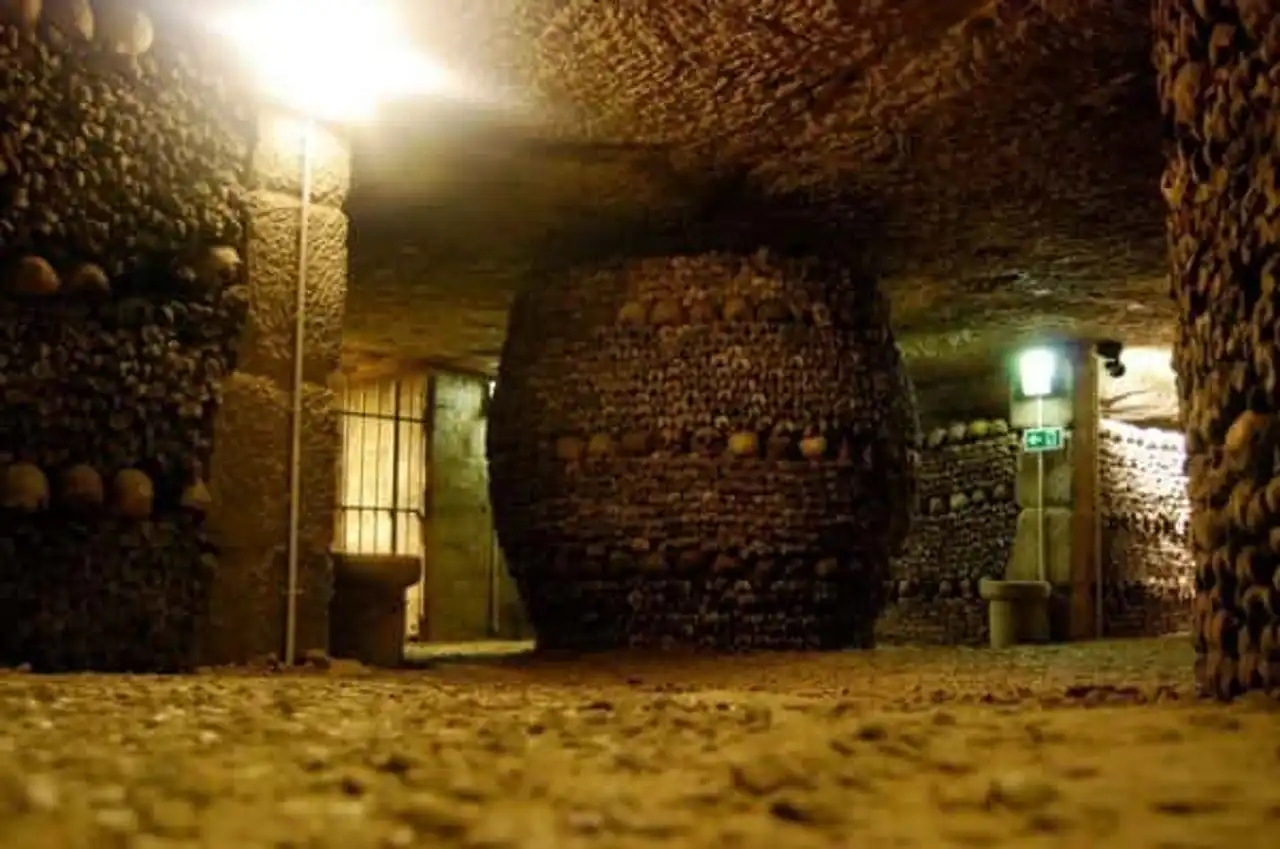
Flickr – Newbold Bohemia
You can visit the catacombs for the price of 10€. The most adventurous of you can discover illicitly Some of the city's tunnels. However, a 1955 law will charge you €100 to enter the catacombs illegally, and they are special police officers who will appeal to you. We call them cataflic .
To enter the catacombs like everyone else, you will have to descend 18 meters below ground, via a steep and narrow spiral staircase. A walk in a long corridor leads to a metal door, the entrance of the Ossary, where this inscription of Jacques Delille will welcome you: “ Arrete, this is the Empire of Death You are here in the Ossary.
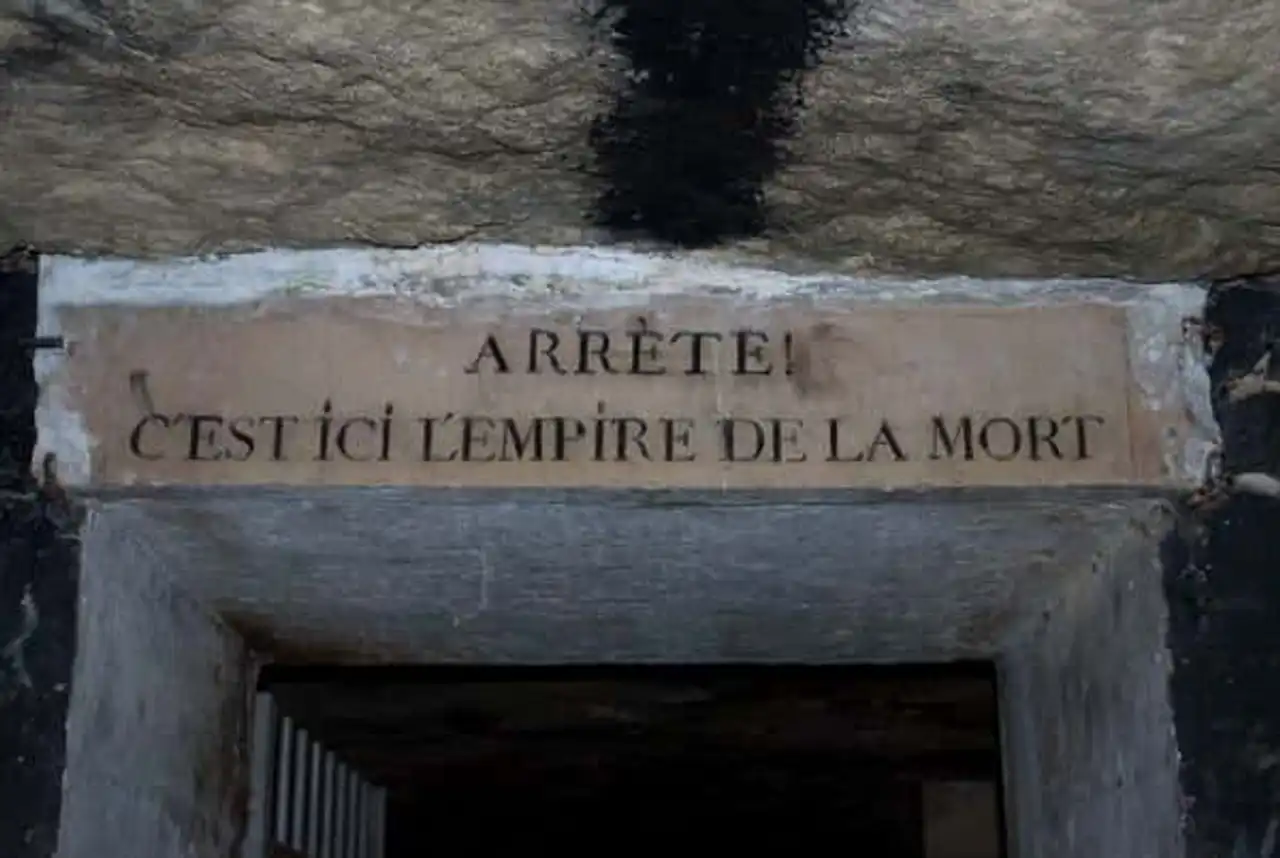
Flickr – Jean-David & Anne-Laure
During the Second World War, French resistance fighters took advantage of the 290 kilometers of tunnels to equip the Germans, the latter having built a bunker under Montaigne High School.
When catacombs were built, they were simply intended to receive bones. Nothing was planned to have them in one way or another. In 1820, Louis-Étienne Héricart de Thury adopted a renovation that transformed the Catalans into works of art that they are today. He used the decorations of gravestones of cemeteries to set up walls and other “decorations”.
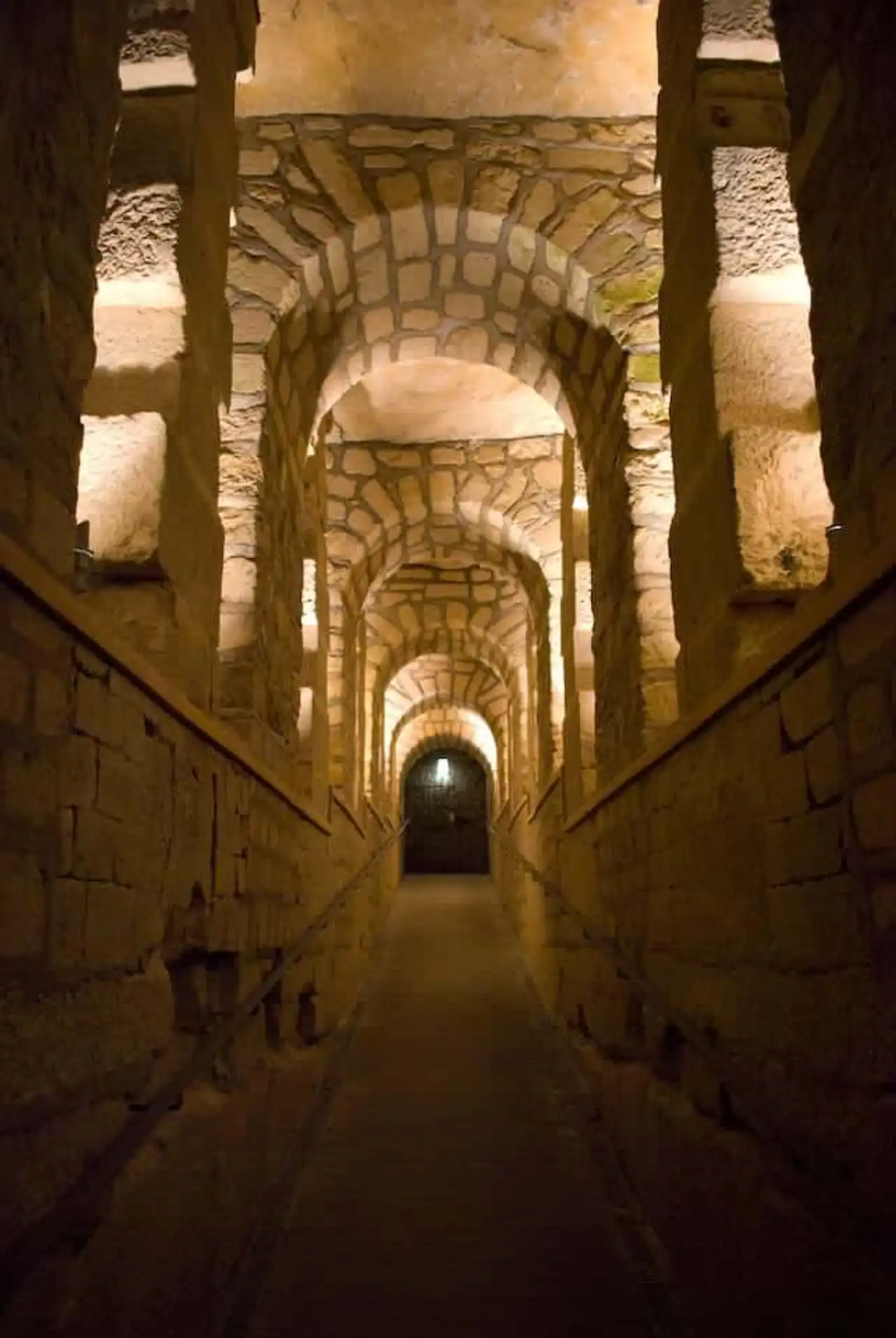
The passage says double careers precedes the ossary – Flickr – Jean-David & Anne-Laure
Before the catacombs were built, the Parisians would bury their dead on the outskirts of the capital. When Christianity conquered the country, everyone wanted to be buried on earth consecrated by the clergy. Church cemeteries had the difficulty of burying a population that was more and more consequent over the centuries and it did not take long before only rich people could afford to be buried.
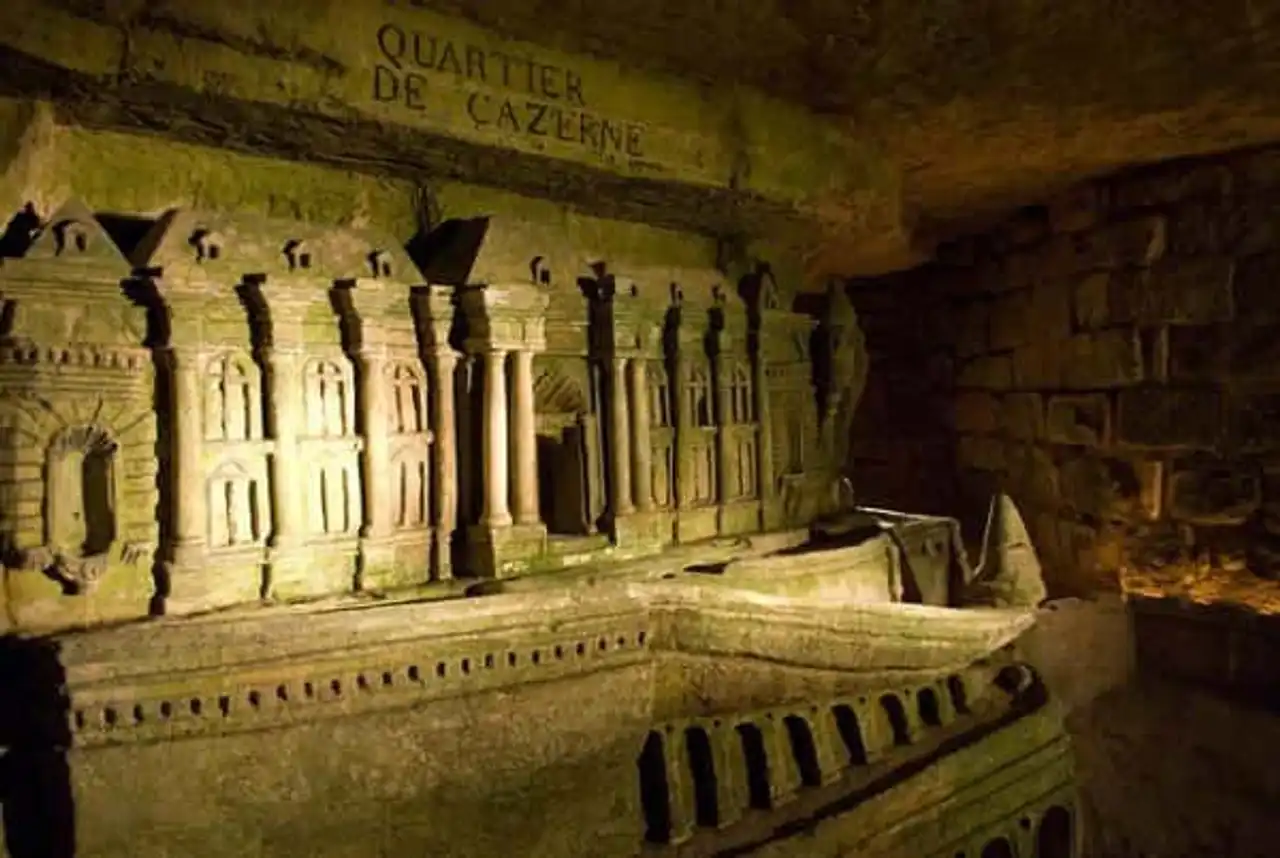
The sculptures of Port-Mahon were carved by a quarry called Deure, a veteran of the armies of Louis XV. Here is a model of the fortress of Port-Mahon, the main city of Minorque Island, where he was imprisoned by the English – Flickr – Jean-David & Anne-Laure
The only option for poor Parisians before the appearance of catacombs was the mass grave. Most people were not buried in coffins: they were simply buried when a place was released. When the pit was full, the church officials let the tomb rest until the bodies were broken down before digging and placing the bones in the large mass graves.
♪ careers which dug the tunnels of the catacombs sold the limestone and the gypsum for the construction of buildings, roads, sculptures and bridges. The Romans were the first to extract from the rock and stone used to build public baths and buildings in Lutèce. Later, the quarry stone will be used to build the Louvre and Notre-Dame.
In 1774, a quarry tunnel collapsed, carrying a few buildings. Other collapses followed until King Louis XVI hired architect Charles Axel Guillaumot to stabilize the rest of the tunnels. As they worked in the quarries, the workers dug into connecting tunnels, many of which were used to house the bones when the king ordered the Paris cemeteries to be emptied.
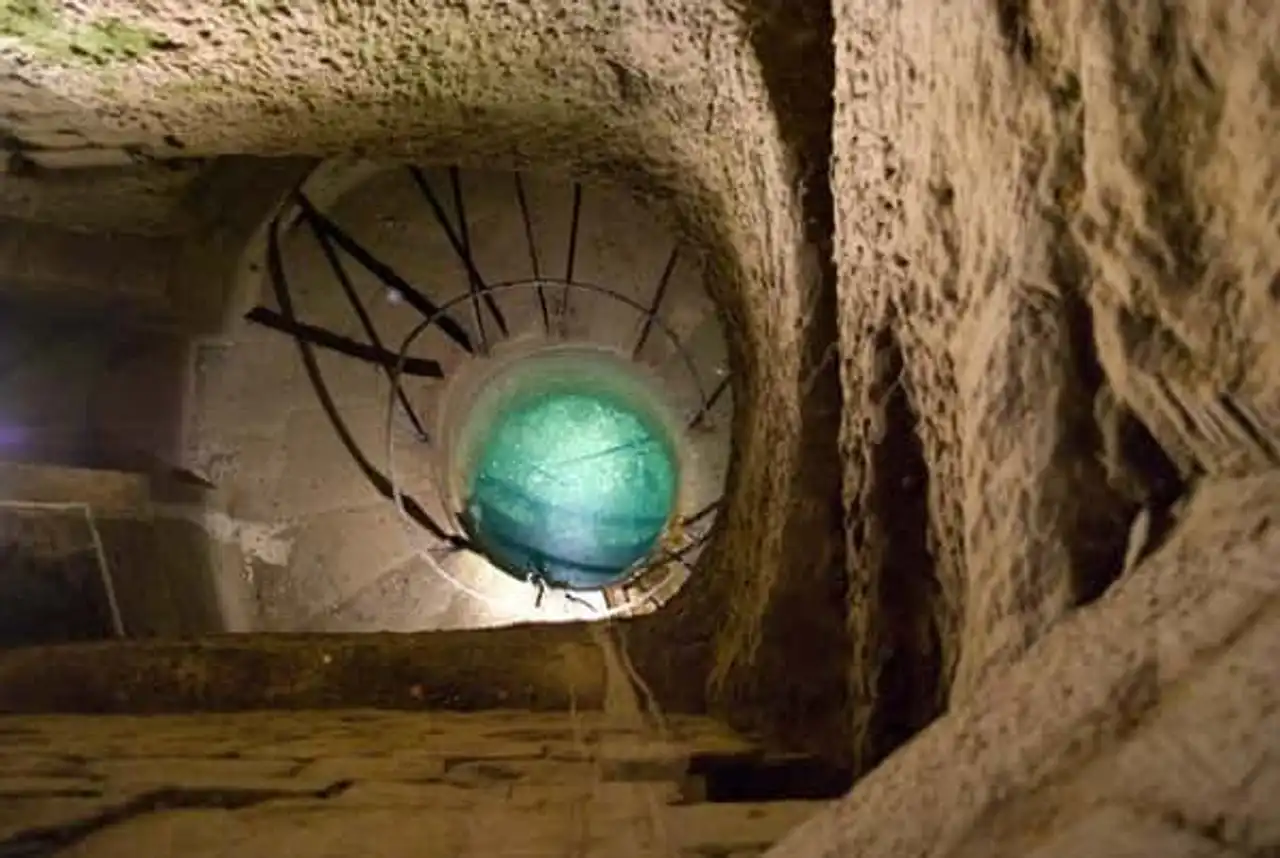
The foot bath of the quarry designs the small clear and transparent water table, updated by the carriers for their own use – Flickr – Jean-David & Anne-Laure
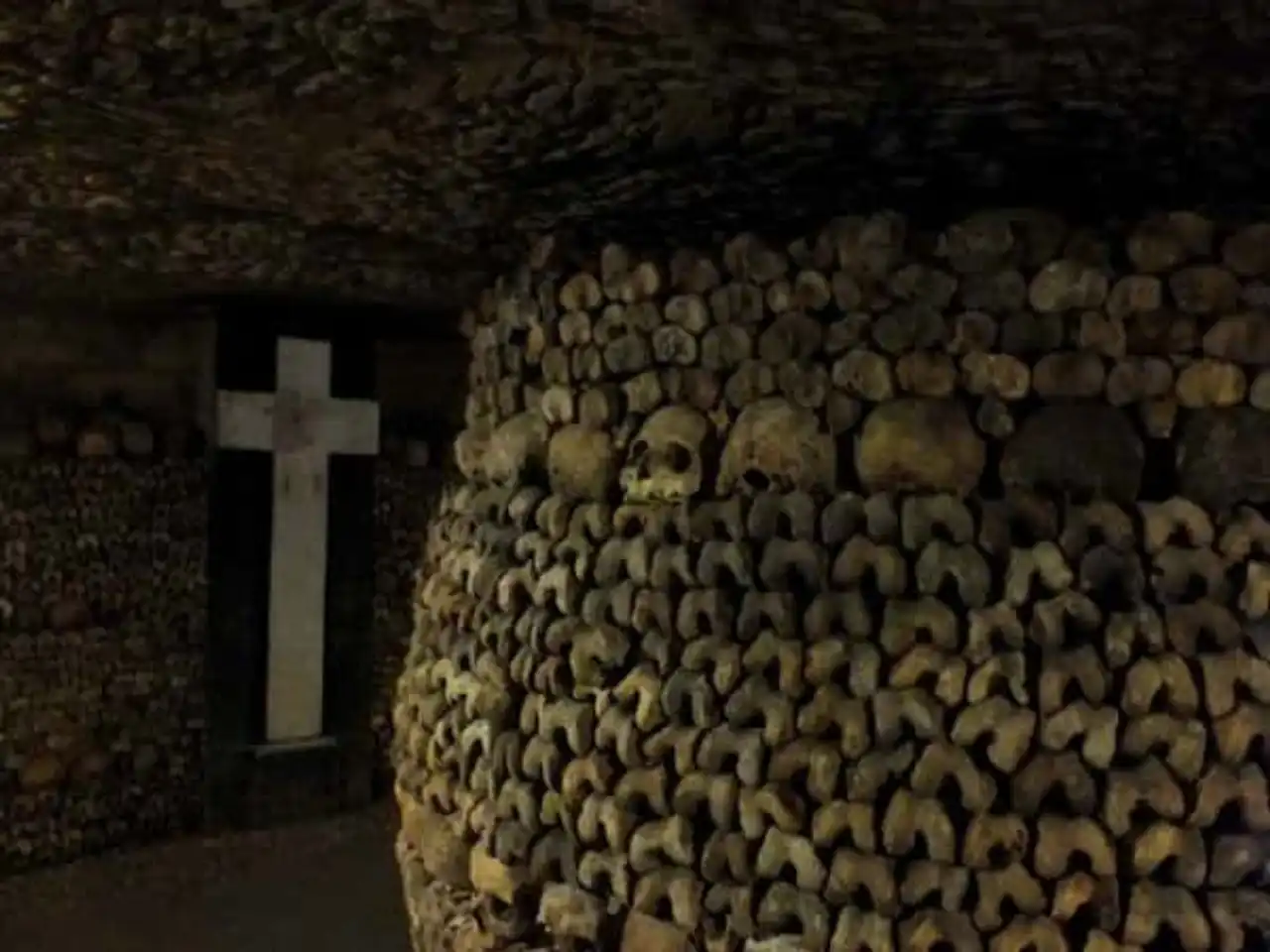
Flickr – Fraser Mummery

Fotopedia – Newbold Bohemia
Entrance to catacombs is often crowded with tourists. You can book a skip-line ticket with guided tour of catacombs to avoid tailings.
And here is a plan of 1857 of the Paris catacombs network: 
Plan des catacombes de Paris – Inspection Générale des Carrières – Click on the image to enlarge







Loading comments ...